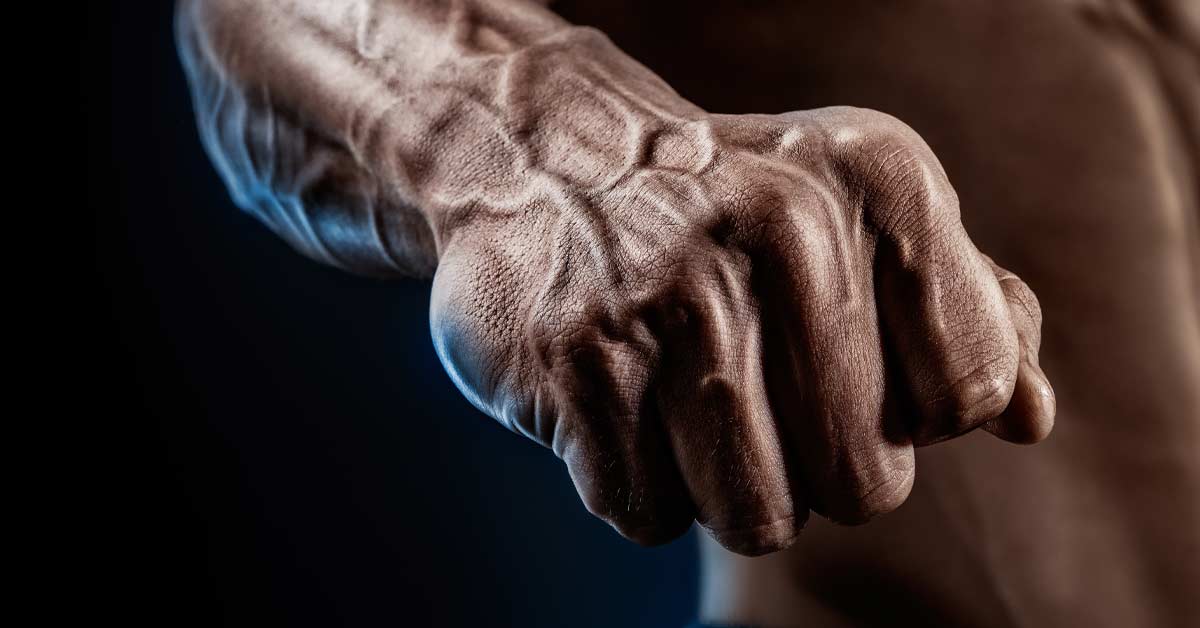Did you know that the strength of your handshake might reveal more about your health than you think? Grip strength isn’t just about opening stubborn jars or impressing at arm-wrestling contests, it’s becoming a surprising indicator of overall health and longevity. From cardiovascular health to muscle function, your grip strength could be the secret handshake to understanding your body’s wellness. Now lets explain why this simple measure might hold the key to predicting your health future.

What Is Grip Strength and Why Does It Matter?
Grip strength refers to the force your hand muscles can generate when squeezing or holding an object. It’s a simple but powerful measure of your overall muscle strength and function. Even though it might seem like a minor detail, grip strength plays a very important role in daily activities like carrying groceries, opening jars, or even shaking hands.
But why does it matter beyond convenience? Research shows that grip strength is a strong predictor of overall health. It’s been linked to cardiovascular health, mobility, and even life expectancy. A weak grip could signal underlying issues like poor muscle mass, reduced bone density, or chronic conditions.
In short, grip strength isn’t just about physical ability, it’s a window into your body’s overall wellness. Understanding and improving it could be a key step toward better health and longevity.
Grip Strength as a Predictor of Heart Health
Your grip strength might be telling you more about your heart than you realize. Studies have found a strong connection between grip strength and cardiovascular health. In fact, weaker grip strength has been linked to a higher risk of heart disease, stroke, and even premature death.
Why the connection? Grip strength is a reflection of overall muscle health, which is closely tied to how well your body circulates blood and maintains metabolic function. A decline in grip strength could indicate poor muscle mass, reduced physical activity, or underlying health issues, all of which can strain your heart.
Doctors are increasingly using grip strength as a quick, non-invasive way to assess heart health and overall fitness. While it’s obviously not a standalone diagnostic tool, it’s a valuable piece of the puzzle in understanding your cardiovascular well-being.
How to Measure Your Grip Strength at Home
Measuring your grip strength at home is pretty simple and here’s how. The most accurate way is by using a hand dynamometer, a device created to measure the force of your grip. Simply hold the dynamometer in one hand, squeeze as hard as you can, and record the reading. Repeat with the other hand to compare results.
Don’t have a dynamometer? You can still get a general sense of your grip strength. Try squeezing a stress ball or gripping a heavy object, like a dumbbell or a bag of groceries. Pay attention to how long you can hold it or how much effort it takes.
While these methods aren’t as precise, they can give you a baseline idea of your grip strength. For a more accurate assessment, consider investing in a dynamometer or consulting a fitness professional.
Conclusion
Grip strength is more than just a measure of physical ability, it’s a powerful indicator of overall health. From heart health to longevity, it offers valuable insights into your body’s wellness. By understanding and improving your grip strength, you can take a simple yet impactful step toward better health.

